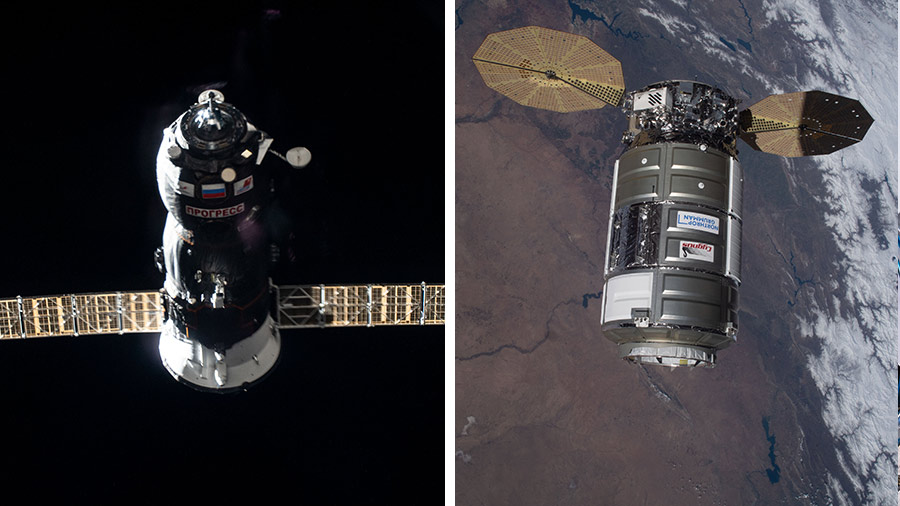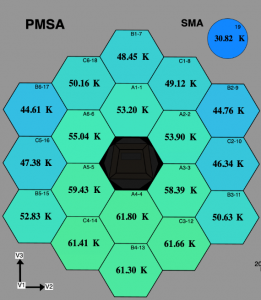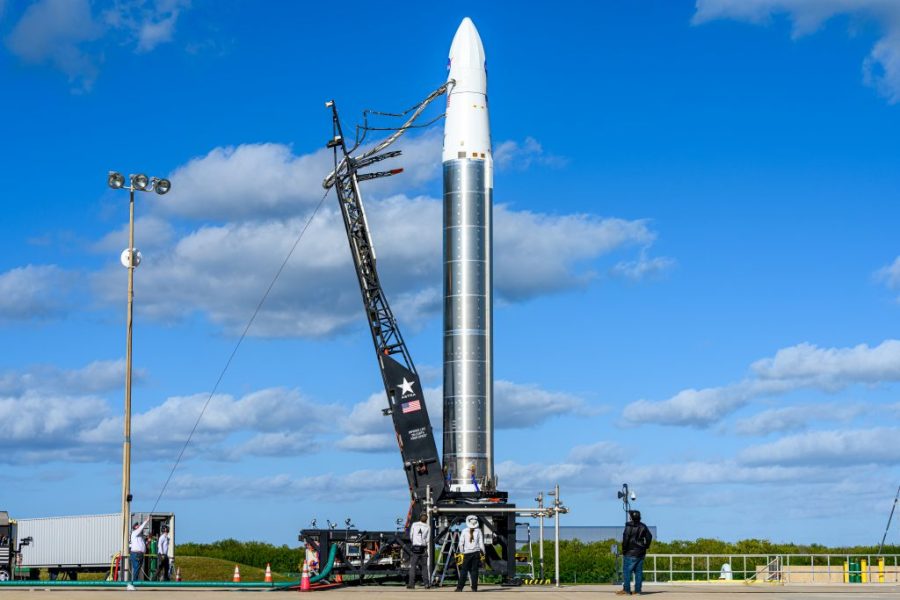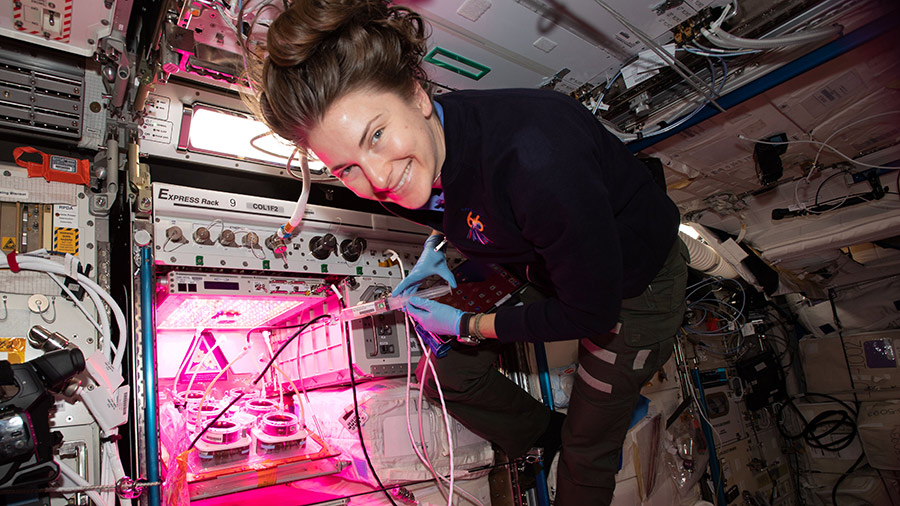Payloads: EasyMotion: The crew charged the EasyMotion system in preparation for experiment activities. The EasyMotion investigation uses whole body Electro-Myo-Stimulation (EMS) with a wearable body skin suit for an ISS crew member to perform pre- and postflight EMS-assisted exercises. EMS technology initiates spontaneous (involuntary) activation of global musculature (muscle, tendon, fascia) to be monitored (muscle …






























